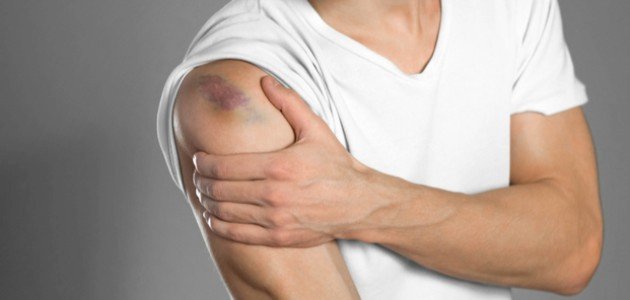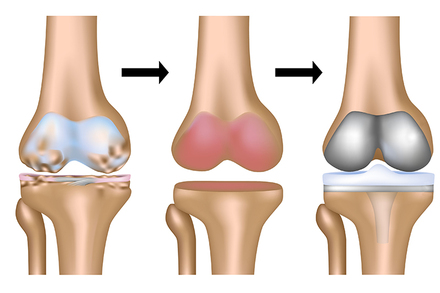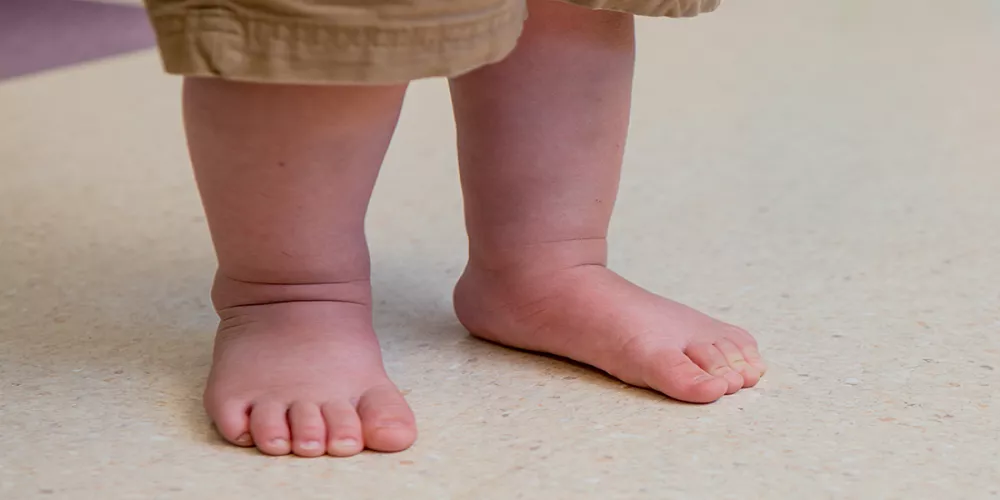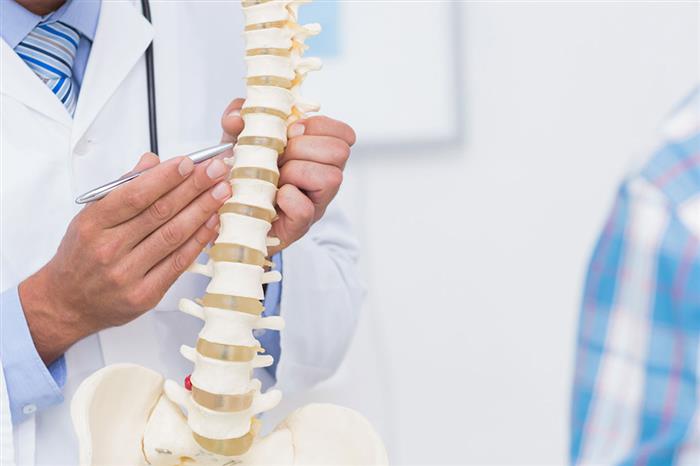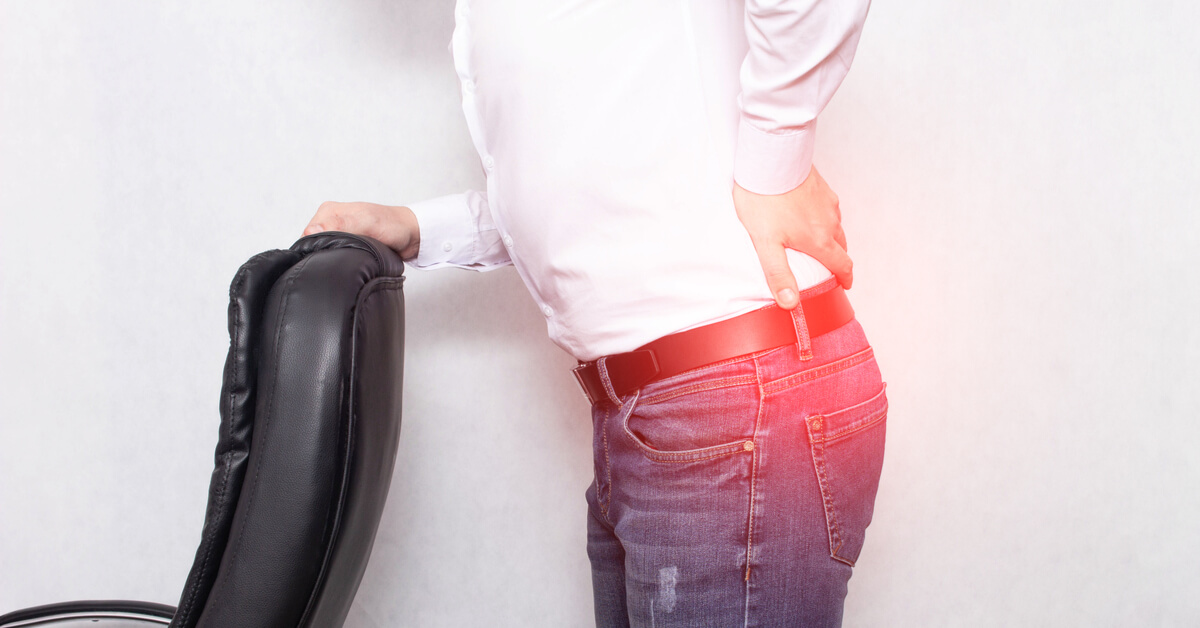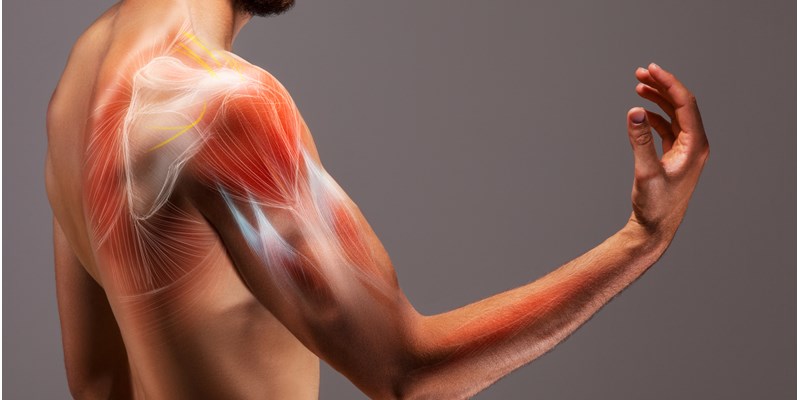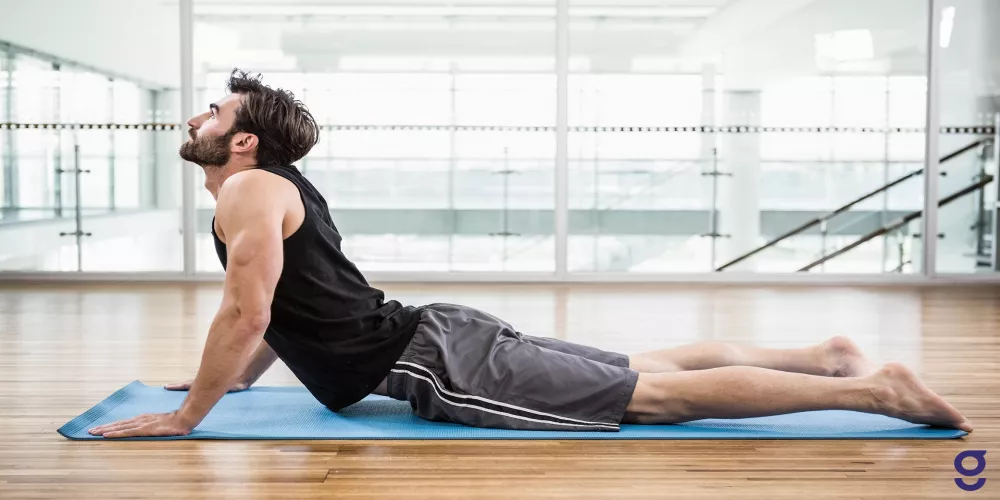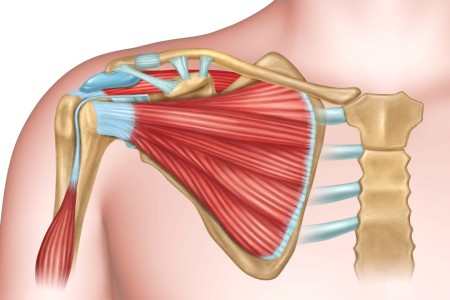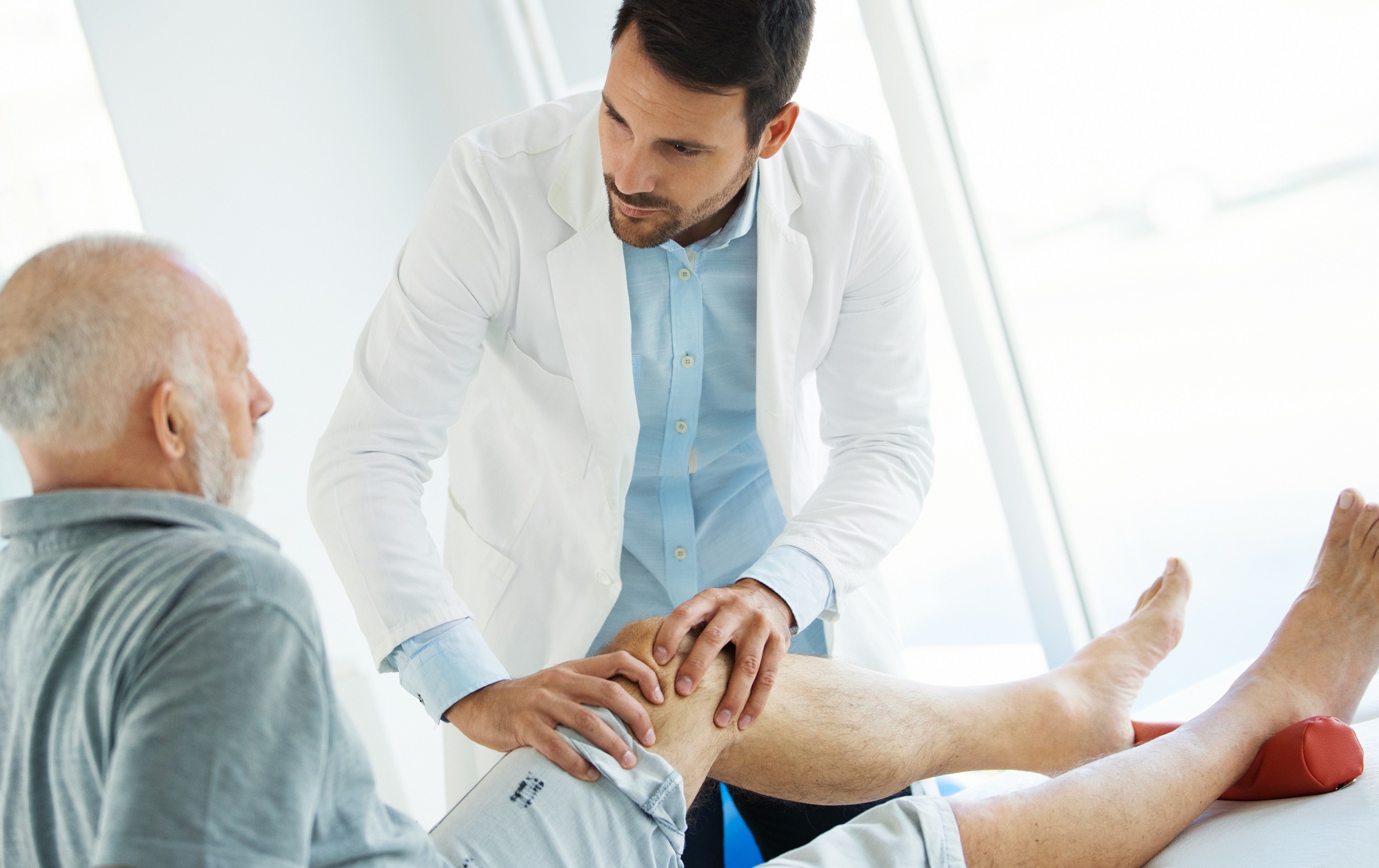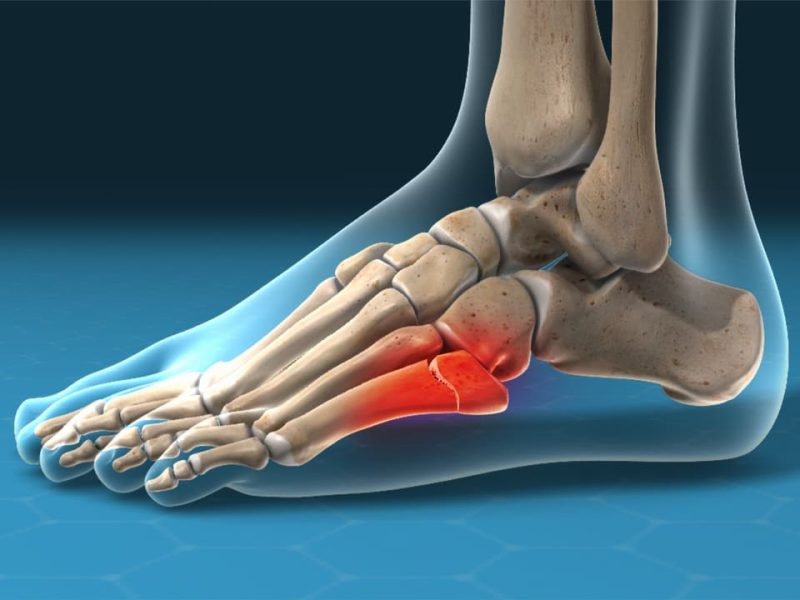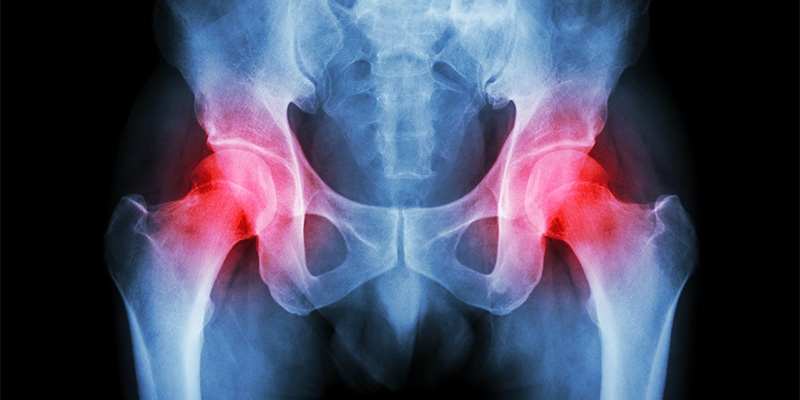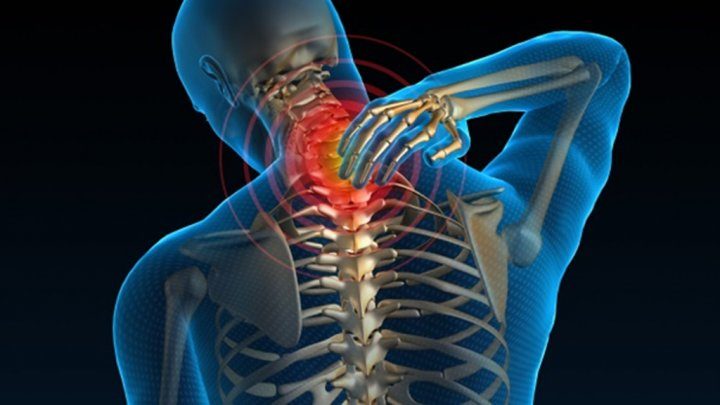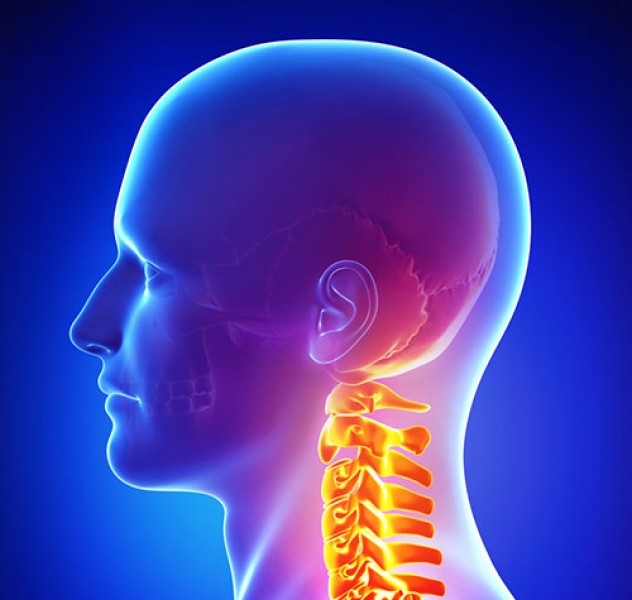Learn more about knee pain, its causes, and treatment
Knee pain is the most common type of pain that individuals feel, and many reasons lead to this happening, and treatment methods differ according to determining the factor affecting it, follow the following article with us to learn the most important information on this topic.
Knee pain
Individuals ask many questions about the causes that lead to knee pain, such as does vitamin D deficiency cause knee pain. The answer to this lies in the fact that the severe deficiency that an individual suffers from in the percentage of vitamin D in his body may be a good reason for knee pain, because this may cause many problems in both joints and muscles, and this may certainly affect the knee.
Causes of knee pain from the inner side
- Exposing the knee to excessive pressure repeatedly as a result of kneeling on hard surfaces.
- Doing physical activities that require severe stress, which exposes them to stress.
- Direct injury to the knee area.
- Catching a bacterial infection.
- Some side effects of some diseases such as bone and joint infections, rheumatoid arthritis, or gout.
Causes of knee pain when bent
Many also want to know what are the causes of knee pain when bending and straightening it. This is a result of the erosion of the cartilage that is located under the knee bone, and among the things leading to this:
- Excessive use of the knee: This may be a result of excessive use of the knee, and this occurs mostly in sports people and is known as athlete’s knee.
- Knee head bone out of place: This happens resulting in very severe pain, and some people may be born like this.
- Weakness of the thigh muscle: The thigh muscle has a very big role to play in holding the knee in place, and exposure to weakness in it results in friction by causing this pain that appears when bending the knee.
- Knee injury: This pain may be due to a collision or an accident that may have caused the knee bone to move out of its place, which results in severe pain when it is bent.
The cause of left knee pain
- Bursitis: The bursa is a sac located at the bottom of the skin above the joint and contains an amount of fluid that prevents friction when moving the joints, and the bursa becomes inflamed as a result of moving or bending incorrectly with repeated movement, and this results in swelling in the knee accompanied by pain.
- Dislocation of the patella: It has another name, which is patellar dislocation, and during that the patella dislocates from its original position, causing swelling in the knee and severe pain.
- Sacroiliitis: The sacroiliac joint is a piece of hard tissue that extends from the hip to the outer part of the knee, inflammation in this joint occurs as a result of overuse of certain activities and is more common among sports people.
- Meniscus rupture: An injury to the knee area may lead to a rupture of the cartilage, causing the rough edges of the cartilage to stick to the joint, causing pain and swelling.
- Osgood-Schlatter disease: This occurs in young children whose bones are still in a stage of growth and some parts of the knee are changing, and this may be a result of a lot of exercises, especially in adolescence, which results in bumps at the bottom of the knee.
- Osteoarthritis: It is a type of joint inflammation that causes pain in the left knee, most often after the age of fifty, and this results in severe pain when performing any of the daily activities.
- Patellar tendinitis: This is in the tendons that connect the kneecap to the shin bone, and this inflammation is the result of excessive exercise.
- Patellofemoral pain syndrome: This is due to muscle problems, tightness, and leg alignment problems. This causes pain in the knee area that makes the individual suddenly unable to bear the weight of his body, and women are more susceptible to it.
Does cold cause knee pain?
During the cold winter, the synovial fluid, which works to absorb shocks in the joint, is very thick and viscous, and its movement is not as easy and fast as usual in the summer. This results in severe joint pain and stiffness, especially in the knee area.
Knee pain
Many individuals suffer from knee pain at different stages of their lives, and this may be for several reasons, such as exposure to an injury or a rupture of the cartilage, and this may also be a result of some diseases such as arthritis and gout, and most of the knee pain that the individual feels may respond to simple treatment methods such as taking painkillers, taking plenty of rest with some physical therapy exercises, and wearing knee braces, but in other cases, the individual may need surgical intervention.
Examples of symptoms that indicate the presence of knee problems:
- Clear swelling on the knee and stiffness, especially in the morning periods.
- Be warm and a little red.
- Feeling of general apathy and loss of balance.
- Knee popping sounds.
- Difficulty fully bending the knee.
Knee pain treatment at home
When suffering from knee pain, you must immediately go to the doctor to find out the cause of this and start treating it immediately to avoid any risks that may affect the individual in the future, but until this is done, some methods can be followed at home to alleviate the pain, even if temporarily, and here are some of them:
- Taking medications: Some analgesics work to relieve pain and the individual does not need medical advice to take them, for example, Ibuprofen and Naproxen.
- Capsaicin creams: This substance is the active ingredient found in hot peppers and is effective for many people when rubbing it on the area of pain, and it can be applied more than once a day as long as the individual does not suffer from any sensitivity to that substance.
- Rest: Most likely, this may be a result of severe stress, and this is why it is better to completely rest this area for several days or more in case it is needed.
- Making cold and warm compresses: Doing compresses on the pain area alternately has great effectiveness in calming the severity of inflammation, and this is done for 20 minutes more than once per day.
- Wearing a pressure and immobilization bandage: It has a role in reducing pain because it works to prevent the accumulation of fluids in damaged tissues and keeps the knee in a good position, and care must be taken in this case that the brace is well compressed so that this does not hinder blood circulation in the individual’s body.
- Massage with essential oils: Some oils have beneficial therapeutic properties that work to calm the severity of infections that affect individuals, for example, ginger and orange oil, cinnamon, or sesame oil.
- Raising the knee: When suffering from pain in the knee area, care must be taken to keep the affected leg elevated from the rest of the body, as this plays a major role in calming swelling and stimulating blood circulation.
When is knee pain dangerous?
Despite the methods that can be followed easily at home to reduce the severity of the pain, some cases call for concern and going to the doctor immediately, and that is if there is a noticeable swelling in the knee area that hinders the individual from moving his knee fully and prevents him from bending it, or if there is a deformity in the knee accompanied by redness, swelling, and a temperature rise.
Does knee pain heal?
The extent of recovery from knee pain varies according to the type of injury to which the individual is exposed, as mild sprains only require taking a sufficient amount of rest and this makes them heal over time, but if the injury is in the cartilage or ligaments and has caused a malfunction in the knee function, then, in that case, surgical intervention may be required.
Knee pain treatment when bending and straightening
Although taking a measure of rest is sufficient in most cases, some other methods can be used to treat knee pain that affects individuals when they bend it, for example:
- Do some cold water compresses on the pain area for 15 minutes at a time, and this is repeated up to 4 times a day.
- Take some medications to relieve pain, such as non-steroidal anti-inflammatory drugs.
- Take some strong painkillers that are prescribed by a specialist doctor.
- Losing excess weight if you suffer from this.
- Wear comfortable and appropriate shoes.
- In some cases, it may require surgical intervention to cut some tendons to facilitate the movement of the knee.
What is the natural treatment for knee pain?
One of the natural methods of treating knee pain is to use herbs to alleviate the pain felt by the individual, for example:
- Aloe Vera: It is placed directly on the area of pain and works to calm arthritis also greatly, in addition to its effectiveness in treating small wounds.
- Indian incense: It is very famous in the world of medicine for the treatment of infections and is made from the gum of the original Boswellia trees. This herb is widely used in the treatment of autoimmune diseases and is available in the form of tablets or creams.
- Cat’s Claw: This herb reduces inflammation and swelling resulting from arthritis, as it contributes greatly to improving the function of the immune system.
- Eucalyptus: This herb is available in the form of tablets and creams and has a great role in reducing inflammation and pain, but an allergy test must be performed on a small part of the body and wait 48 hours to ensure the safety of its use.
- Ginger: contains anti-inflammatory compounds, which is why it is effective in reducing knee pain and arthritis.
- Green tea: It is available in the form of a drink or tablet and has great effectiveness in reducing the severity of infections that an individual suffers from.
- Turmeric: Its usefulness is because it contains the compound curcumin, which plays a very important role in reducing inflammation in the joints and relieving their pain.
How to get rid of knee pain?
There are many questions about does walking treat knee pain. The answer to this includes that walking is considered a light exercise that does not require any high physical effort, and for this reason, many doctors recommend it because of its great effectiveness in relieving the pain associated with arthritis, but in some cases, one should not walk for long periods and be careful to avoid walking on solid ground.
What is the cause of sudden knee pain?
- Knee ligament injury: This may occur as a result of some violent sports that require high physical effort or sudden movements, and this may be the result of exposure to an anterior cruciate ligament injury, posterior cruciate ligament injury, or collateral ligament injury.
- Fractures: Knee bones such as the patella, which is the protruding movable bone in the knee head, may be fractured as a result of a strong collision or accident.
What is the cause of knee pain in women?
- Doing many wrong movements on a daily and repeated basis.
- Going up and down stairs without wearing suitable shoes.
- Sit in the wrong way and bend the knee below the body for a long period.
- Neglect of physical fitness.
- Walking or standing on hard surfaces for long periods without taking necessary precautions.
There are also many other questions about does cold cause knee pain, does vitamin D deficiency cause knee pain?
Cold weather and vitamin D deficiency plays a role in the individual’s feeling of pain in the knee area, and this is because cold weather increases the chance of morning stiffness, and vitamin D deficiency makes the body unable to absorb calcium that is good for bones, which makes the knee very weak and affected by the slightest effort or collision.
Treatment of knee pain in women
Knee pain in women and its treatment is one of the most important things that many people search for, and here are some ways that will help you deal with that:
- Take enough rest and avoid any activities that require high physical effort for a few days.
- Do warm and cold compresses alternately between each of them more than once a day to reduce the severity of inflammation.
- Wearing knee braces, which consist of splints, tape, and pressure bandages.
- Excess weight loss.
- Follow a healthy diet.
- Persistence in exercising and maintaining a high level of physical fitness.
- Wearing cushioned medical shoes.
- Do not carry any heavy weights.

